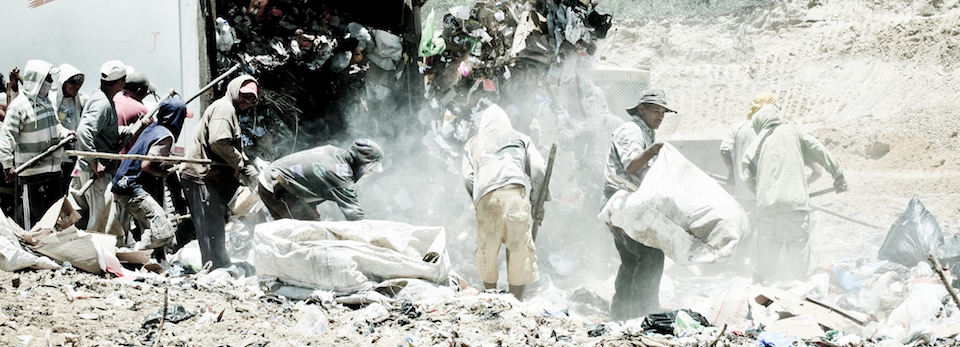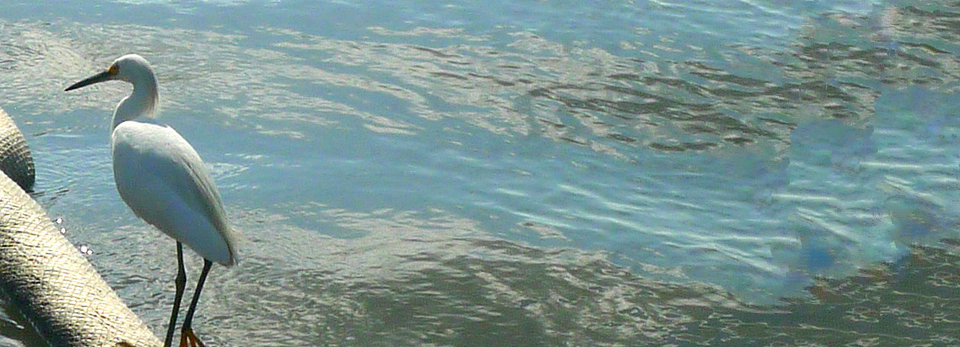By Martin Schauss It’s fair to say that ecocriticism as a literary hermeneutic has moved on from what Greg Garrard called “the poetics of authenticity”…
View More Ecopoetics, Intermediality, and the Language of Caroline BergvallTag: ecocriticism
Mad Max: Fury Road: A Feminist Redemption
The extent to which Mad Max: Fury Road (2015) can be considered a feminist film has been a contentious subject since its release. While a US blogger denounced it as a “feminist piece of propaganda” (Clarey, “Mad Max: Feminist Road”), encouraging men to avoid the film, others have condemned it as un-feminist due to the casting of “scantily-clad models with improbable thigh gaps” to play its central female characters (King, “Not a Feminist Masterpiece”). The film’s depiction of an all-female community, “The Green Place of Many Mothers”, has been another prominent point of controversy, with one reviewer declaring it “essentializing Earth Mother nonsense” (Jones, “Mad Max: Fury Road Isn’t That Feminist”). Essentialism, which is associated with early ecofeminism, “links women with a biological capacity to give birth, and associates this capacity with a greater concern with ecology”, arguing for an innate connection between womanhood and nature, and nature’s salvation. (Hester 37). Men, in contrast, are positioned by eco-feminists as an opposing force to women, with the inborn potential to destroy nature. Maria Mies, for example, holds that “modern techno-patriarchs destroy life […] but they cannot restore life. For that, they still need – as we all do – Gaia, Mother Earth, and Woman” (Ecofeminism 52). I argue, alongside eco-feminist critics, that these essentialist paradigms enforce a gendered dichotomy between nature and technology whereby “men, culture and agency are aligned with human subjectivity” while women and nature are treated as “the object, upon which dominant male-driven culture acts” (Yates 354). This article defends Fury Road as a feminist text against the claims that associate it with the eco-feminist essentialist perspective. Through the presentation of Imperator Furiosa (Charlize Theron) and her defeat of patriarchal despot Immortan Joe (the late Hugh Keays-Byrne), I argue that Fury Road disturbs the gendered binary between nature and technology to redefine “nature” as “technologized space” (Hester 13). Both nature, depicted by the Green Place, and the technology of Immortan Joe’s regime (notably vehicles, weaponry and biotechnology) are re-conceptualised to undo the essentialising view of women’s connection to nature and reproduction and present a utopian vision of liberation from the commodification and objectification of female bodies under patriarchal capitalism. In doing so, I contend that Fury Road re-establishes ecofeminism as a progressive liberatory force, speaking to the film’s central theme of “redemption”.
View More Mad Max: Fury Road: A Feminist RedemptionAlluvium Editorial 7.3
Katie Jones and Martin Goodhead present a bumper summer issue of Alluvium.
View More Alluvium Editorial 7.3Motherhood as Ecological Metaphor
Marie Hendry explores birth and humanities process for renewal.
View More Motherhood as Ecological MetaphorSham(an) Songbird
Shamanic nature-oriented poetry from poet Rhys Trimble.
View More Sham(an) SongbirdEditorial: Critical Environments
In Barbara Kingsolver’s 2012 novel Flight Behaviour, environmental crisis arrives in a remote Tennessee town in the form of the migrating Monarch butterfly…
View More Editorial: Critical EnvironmentsRe-Approaching Urban Nature
‘What exactly was new about the new nature writing in Granta’s 2008 collection titled The New Nature Writing? One answer would be “not much”’ (Stenning and Gifford, 1)…
View More Re-Approaching Urban NaturePerforming Carbon (in the) Capital
It is rush hour in Liverpool Street Station. Hiding behind a copy of my newspaper I am trying to record a conversation between lobbyists…
View More Performing Carbon (in the) CapitalRecovering Nostalgia in Nature Writing
In Edgelands (2011), Paul Farley and Michael Symmons Roberts explain their intention to ‘put aside our nostalgia for places we’ve never really known’ and instead seek…
View More Recovering Nostalgia in Nature Writing








